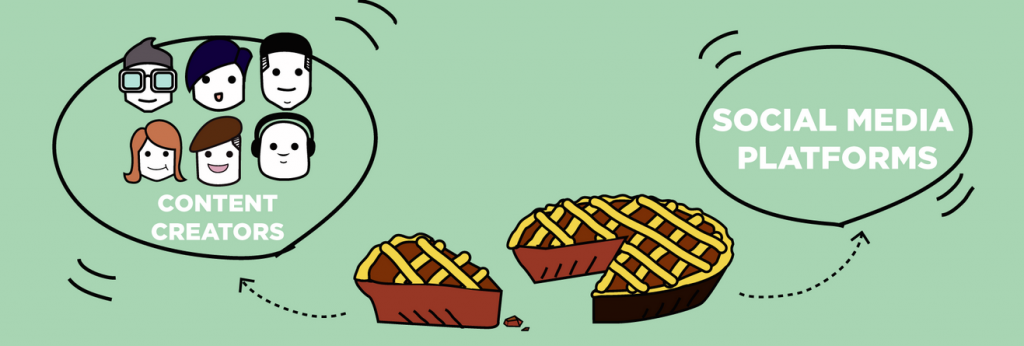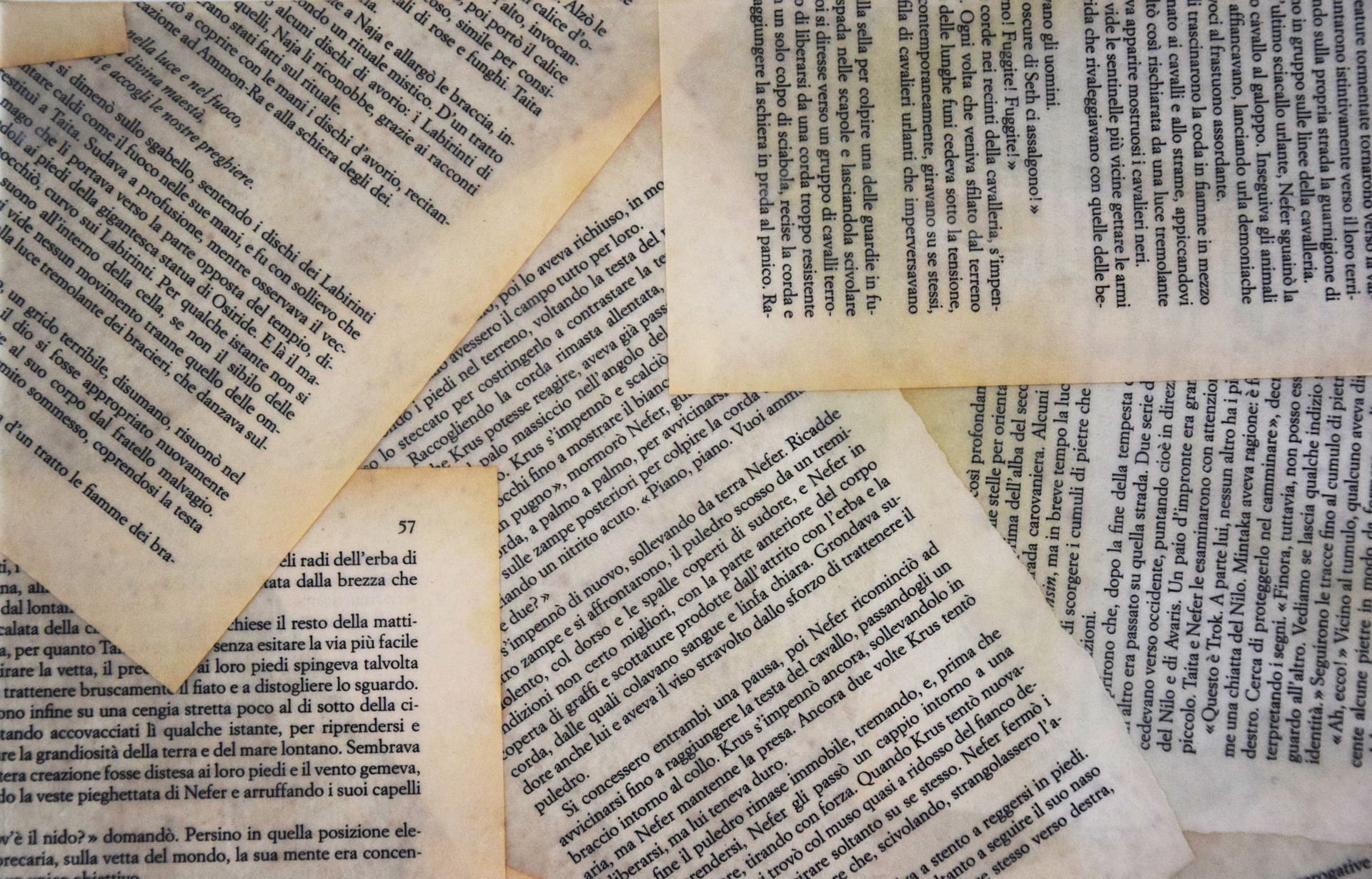In a recent report entitled “Blockchain Now and Tomorrow” released by the EU (European Union) Science Hub, the authors are providing us with solid information based on their research about the potential use of blockchain and it’s socio-economic benefits.
Blockchain can enable parties with no particular trust in each other to exchange digital data on a peer-to-peer basis with fewer or no third parties or intermediaries. Data could correspond, for instance, to money, insurance policies, contracts, land titles, medical and educational records, birth and marriage certificates, buying and selling goods and services, or any transaction or asset that can be translated into a digital form. The potential of blockchain to engender wide-ranging changes in the economy, industry, and society – both now and tomorrow – is currently being explored across sectors and by a variety of organizations.
EU Blockchain
In our previous articles, we have looked at various industries where blockchain can be used to improve the existing inefficiencies. More precisely we spoke about use cases in:
In this article, we would like to discuss the benefits that blockchain can bring to the distribution of digital content.
Why is blockchain good for the digital content distribution?

We can look at Blockchain as a distributed database or ledger, that can store in a transparent and immutable way records of all data exchanged between all parties in the ecosystem. In other words, this is a shared database where one can register ownership rights, licensing terms, and royalty rules, globally accessible and potentially validated by all parties depending on the type of consensus mechanisms in place. This could provide tamper-resistant evidence of ownership for the cataloging and store of original works, which would present great benefits in providing clarity to copyright authors, owners, and users.
This means third parties would be able to use the blockchain to see the complete chain of ownership of a piece of work.
Records on the Blockchain can be used as a digital certificate of authenticity that will help third parties to identify authors of works. This tamper-resistant register of all sales, licenses, and transfers of original works would help authors or artists to track when and who is using their work and to get more just royalty fees for it.
Transforming industry, trade and markets

In addition to protecting the rights of the original creators of digital work, who may retain some rights after selling their content, blockchain technology could also protect consumer rights associated with digital products. This could apply to both mass-reproduced works equivalent to CDs and books as well as to the emerging field of unique digital artworks, which can be considered the digital equivalent of paintings. Consumers or buyers could also more easily verify the real owner of the content, the type of version, the set of rights attached to it, and agree to the terms set by the rights holders.
Organizations and entities involved in the music and media business, like record labels, publishers, performing rights societies, streaming services,
managers, artists, and start-ups could benefit from such a record to counter lost or misdirected rights revenues.
Blockchain could be the technological basis to build a single online copyright and information portals for musical works where creators/artists will be able to automatically license and sell their work using smart contracts and associated cryptocurrencies. For example, a piece of music is inserted and published publicly in the ledger as belonging to the artist, and including licensing terms to enable consumers or buyers to compensate the artist according to the terms set out in smart contracts. In the future, it could be possible for artists and consumers to have portable digital identities running on a blockchain but interoperable with streaming services like SoundCloud, YouTube, and other online music services.
Open ecosystems could reduce the entry barriers for new artists, simplify licensing and rights management, facilitate immediate payments to owners and creators, and enable new applications, products, and services with minimal friction and more balanced distribution or sharing of the work.

The wide deployment of blockchain systems in creative industries could help prevent infringements or unauthorized use, and overall enable more efficient, cost-effective, and potentially fairer ways to compensate the owners and creators through pay-per-usage, micropayments or automatic payment distributions. Smart contracts could be useful in assisting in the sale and licensing. Transforming industry, trade, and markets by specific parties, such as writers, publishers or artists, check the use or streaming of this composition, then automatically execute how the revenue is divided by the copyright owner or owners, and eventually distributing the payments seamlessly.
The combination of blockchain technology, IP, and smart contracts could also access content that can be lent to others for fixed periods before automatic return.
What are the current limitations?
There is an opportunity for organizations to leverage smart contract technology by integrating smart contract code and blockchain for the purpose of overseeing agreements and licensing. However, smart contract technology has yet to reach a mature stage where it can process a large number of transactions and update and revise contracts across a multiparty network (multi-chain interoperability).

Other challenges are related to current regulatory constraints and a need for wider recognition of blockchain. Possible regulatory constraints include questions regarding the issues of applicable laws and jurisdiction, the enforceability of smart IP rights (IP rights recorded in distributed ledgers), reliable rules and definitions for smart contracts, data security and privacy concerns. Yet various governmental agencies and IP registers,
for example, the European Union Intellectual Property Office is looking into the technology’s capabilities.
The general expectation around the use of blockchain is that it could support alternative business models for digital works according to the conditions set by their rights owners (either for free under certain conditions, or at a price), and ultimately change the dynamics between creators, authors, users, and distributors. This would imply defining and experimenting with new incentives to connect such a different set of stakeholders through greater transparency and data sharing.
Conclusion
In conclusion, we can say that open and trusted access to data could create knowledge feedback loops between diverse stakeholders and foster groundbreaking data-driven applications running not only on the blockchain but deploying AI, machine learning, data analytics, and so on. In the long run, multi-stakeholder inclusive innovation ecosystems could be running on a blockchain with no central authority, with multiple providers depending on the function needed, and with full interoperability between different services. This would be a modular approach for an open and transparent meta-system running with individual systems, not only adapted to the specific problems they are designed to solve but also fully interoperable with each other.
This would be accomplished by using open standards and accessible data running on blockchain systems, and in compliance with independent certification and/or regulatory frameworks within a multi-stakeholder model.
Also published on Medium.



